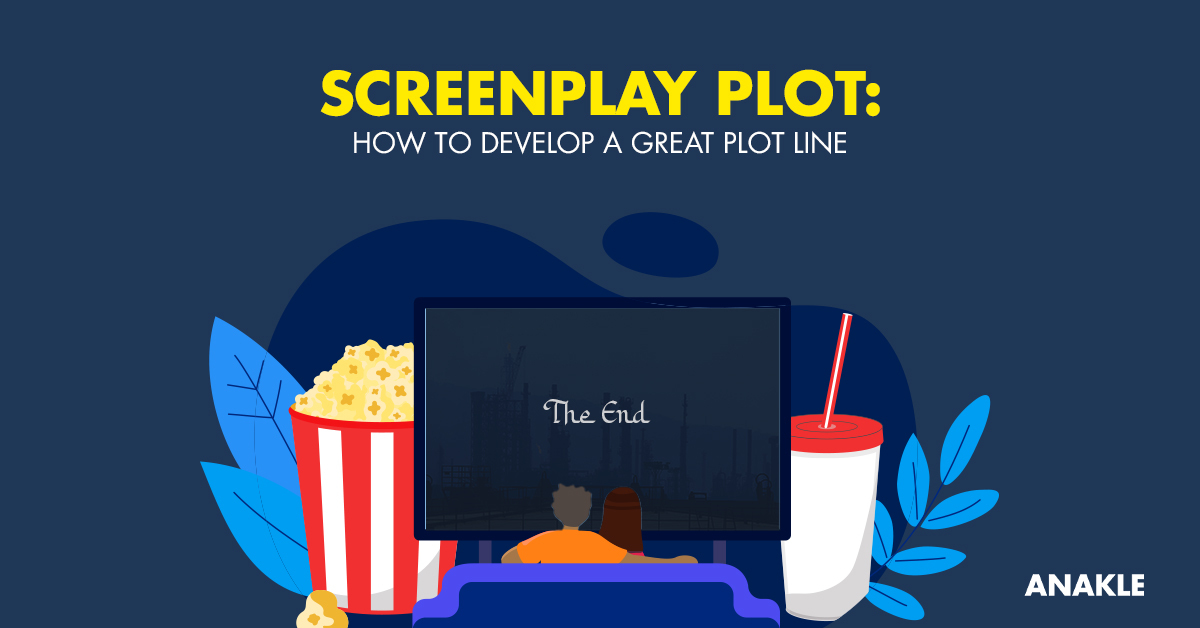When was the last time you saw a movie? No, scratch that. When was the last time you saw a really good movie that had you reeling in fulfilment once it ended? Well, a film, like most things in life, is made up of different elements or components that come together nicely to create a wholesome experience. One of these elements is the plot. You can think of it as the sequence of events that acts as the backbone of your story. It is simply how your story unfolds – the important information, emotion, action and exposition.
What makes a good plot?
Exposition: “A long time ago in a galaxy far, far away ….” is a phrase almost anyone can recognize, and it tells you everything you need to know about the Star Wars film you’re about to watch. In essence, the exposition gives background information to viewers about the setting, characters and theme of a film.
Conflict: Conflict is what drives the story; it adds depth and makes it intriguing to watch. Without it, there are no issues to resolve and no lessons to be learnt. Imagine your favourite film without a conflict; not so interesting anymore, right? Quite simply, no conflict, no story.
Rising action: Have you ever narrated a story to your friends and family and had them on the edge of their seat asking “What happened next?” That’s exactly the same effect the rising action has on your viewers. It involves a series of events that build on the conflict and increase the tension, sending the story racing to a dramatic climax.
Climax: When the tension reaches a breaking point, forcing the protagonist to come face-to-face with the antagonist in order to resolve the conflict once and for all, the climax happens. In Spider-Man: No Way Home, for example, the climax happened at the final battle on the Statue of Liberty.
Falling action/Resolution: After the dramatic, heart-pumping confrontation, the falling action gives the character(s) time to unwind as they slip into their new reality, changed by the events of the story. The resolution, on the other hand, is the end of the story that ties up loose ends.
Tips on developing a great plotline
Map out your plot ideas: Once you’ve brainstormed scene ideas, story points, and character information, the next step is to organise your ideas into an outline to get your basic plot structure down. This way, you can tease apart the different plot threads in your story and make sure that they make sense in terms of build-up and tension.
Get down to the action: Your exposition will form the impression of your story and as such, it needs to be able to hook your viewers. It’s at this point your viewers will decide whether to keep watching or not. The exposition should identify the main character, establish the setting and themes of your story, and launch the plot.
Leverage plot points: Plot points are dramatic turning points in the story that force the protagonist to make a crucial decision that’ll give the story a new twist and keep the viewers on edge. Plot points also help deepen character development by revealing their strengths and flaws.
Create a rich narrative with subplots: One of the hallmarks of a good story are the subplots running through the narrative. The subplot spices up your main story and makes it richer through the introduction of secondary characters. It provides a backstory that informs a character’s actions and motivations and supports the themes established in the main plot.
Make the end satisfying: Just as the beginning of your story counts, so does the ending. Your viewers should feel fulfilled at the end of the film and this is hugely dependent on how you tie up your story. Remember, the perfect ending is one that complements and fulfils the purpose of the story.
In conclusion, there are no hard and fast rules for creating the perfect plot. Every story has a beginning, a middle and an end. With a bit of motivation and a sprinkle of luck, you will be on your way to telling one of the best stories of your time.

